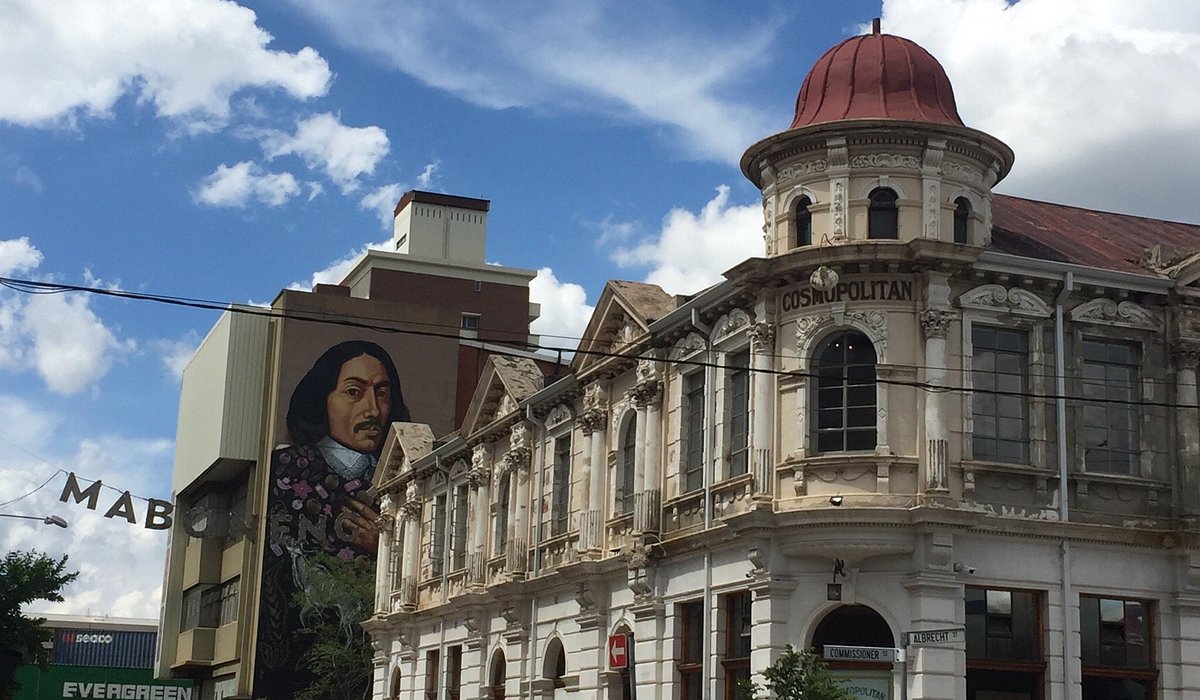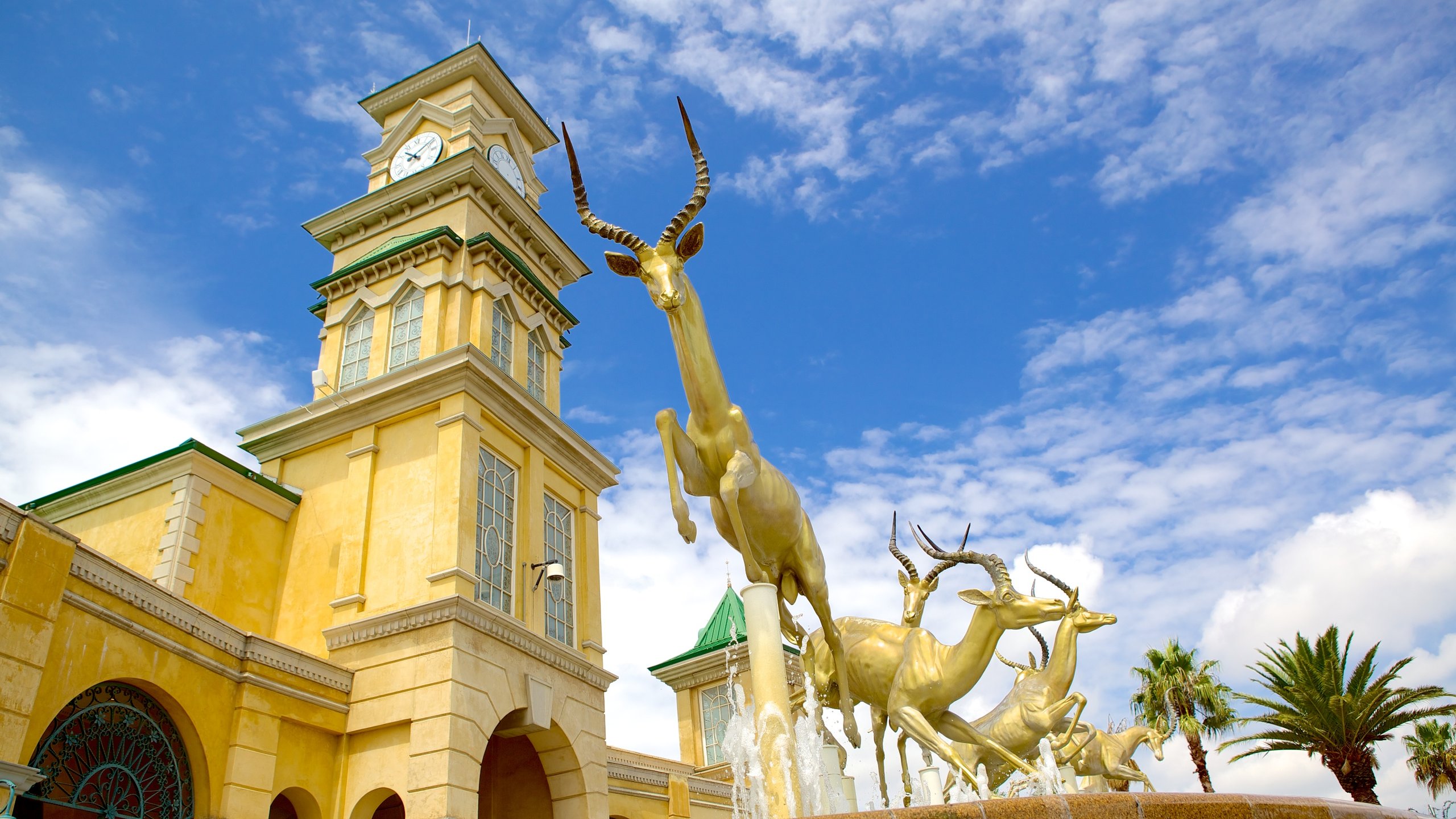Little Known Facts About Johannesburg North Attractions.
Little Known Facts About Johannesburg North Attractions.
Blog Article
Excitement About Johannesburg North Attractions
Table of ContentsThe Buzz on Johannesburg North Attractions7 Simple Techniques For Johannesburg North Attractions6 Easy Facts About Johannesburg North Attractions ShownThe Definitive Guide for Johannesburg North AttractionsThe Buzz on Johannesburg North AttractionsJohannesburg North Attractions Fundamentals Explained
The city owes its location to the existence of a much more priceless source: gold. The city grew on the edge of the Witwatersrand Key Coral reef, a subterranean stratum of gold-bearing quartz-silica corporation that arcs for thousands of miles below the Highveld. A lot of the gold mines in the city ceased operation in the 1970s, however in its day the Witwatersrand gold sector made up greater than 40 percent of the globe's annual gold manufacturing.Johannesburg has a pleasant climate. Summer temperatures balance concerning 75 F (24 C); winter season temperature levels balance concerning 55 F (13 C) and only occasionally dip below cold. The city appreciates concerning 8 hours of sunlight per day in both winter season and summer season. Rainfall averages concerning 28 inches (700 millimetres) per year, however the overall varies substantially from year to year.
What rain the city receives falls practically solely in the summer season months, often in incredible late-afternoon electric storms., where numerous citizens still depend on coal for gas.

What Does Johannesburg North Attractions Do?
The balance of the city is inhabited by whites. Lodging varies in character and top quality.
Physical growth, although rather restricted by transportation, proceeded swiftly as migration to South Africa, and Johannesburg in particular, boosted dramatically. This problem was addressed in the 1930s when the car was introduced in mass production to South Africa. Cars were, essentially, confined to the rich, and allowed them to relocate to the north of the city and commute into the centre.
Most inadequate residential areas were combined, with bad blacks and whites living together, although the well-off residential areas were generally reserved for whites.
The previous system of eleven numbered regions was reorganised in 2006. Marshalltown, as seen from the top of the Carlton Centre. The M1 and M2 about his run behind the structures, and the southern suburbs extend past the highway boundary. The internal city of Johannesburg is located within the city's Area F. The approximated population of the area is 200,000, [] The number of individuals living in the inner city on an informal basis is unidentified, as several are prohibited immigrants. Most higher-income locals and white people have relocated to the northern suburban areas and have actually been replaced by lower-income black people. The joblessness, education, and age profiles of the location are all unidentified, because of the trouble of acquiring reputable info regarding the location.
Not known Facts About Johannesburg North Attractions
Centred on the CBD, the region includes the residential areas of Yeoville, Bellevue, Troyeville, Jeppestown, and Berea to the eastern. To the west it infects Pageview (Johannesburg North attractions) and Fordsburg. There are small industrial locations to the south, such as City West-Denver and Benrose. Around 800,000 commuters travel through the central city every day, and it operates as a regional shopping node for visitors from the southerly suburbs. Yeoville and Bellevue have a mix of apartment and solitary residential systems on little whole lots. The area is located on a hilly divide that runs from eastern to west. The most conspicuous geographic attribute is Observatory Ridge, which is called for the large click to investigate observatory located on it. The entertainment spaces are no more utilized, as a his comment is here result of safety issues.

Johannesburg North Attractions - The Facts
R. Tambo International Airport). The eastern suburban areas are a few of the earliest areas of Johannesburg, there are huge neighborhoods of Jewish and various other European backgrounds, the bulk of the population is English talking. There are three golf links in addition to a number of secured ridges with viewsites. There are numerous well-developed and up-market home entertainment and shopping areas in the east such as the Eastgate Mall and the Greenstone mall.
Initially constructed to house male migrant employees, many have been improved as houses for pairs and families. The residential area was not historically permitted to create work centres within the area, so practically all of its citizens are commuters to various other parts of the city.
The Best Strategy To Use For Johannesburg North Attractions
The domestic locations in the northern suburban areas are mostly formal, with no significant locations of casual real estate, or housing that lacks an irreversible framework. This is an established location, there is a trend of land use modification from household to industrial, particularly along main arterial roads and around recognized nodes.
Roadways to the east and west are much less well created, as there are no highways travelling in that direction. Towards the northern border of the city, the thickness of development reduces, leaving huge areas of primitive land around Midrand.
6 Simple Techniques For Johannesburg North Attractions
, which is situated on a hillside overlooking the inner city and Hillbrow.
Report this page